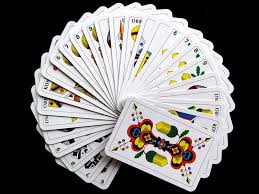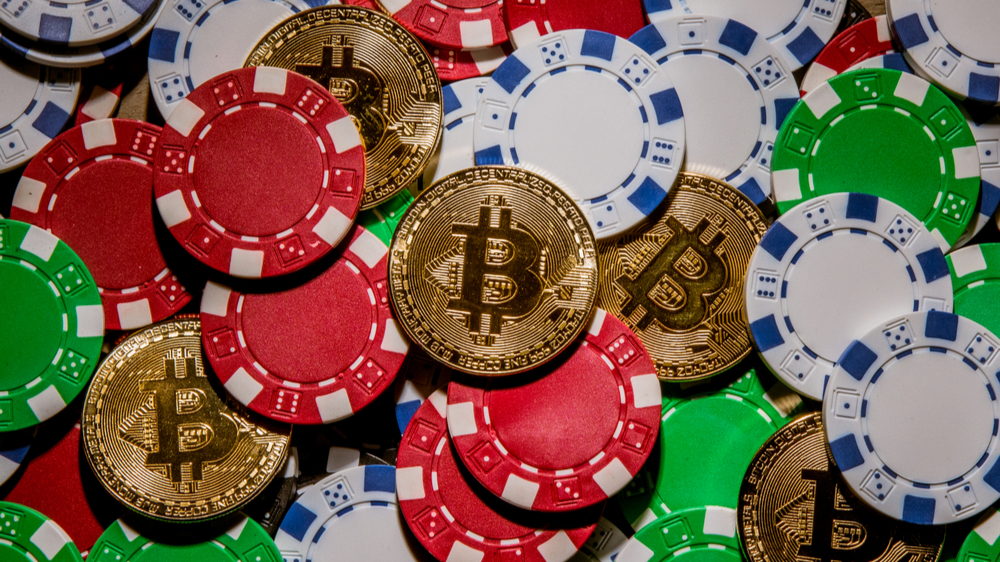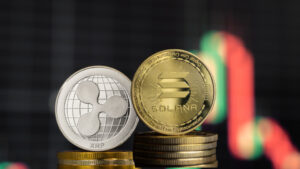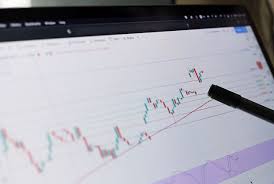From Divination to Deal: The Unexpected History of Playing Cards
The history of playing cards is a fascinating journey. These simple paper rectangles went from ancient tools of fortune to a global pastime. The journey of the deck we know today is full of unexpected twists and turns. This article explores the evolution of this timeless form of entertainment.
The Early History of Playing Cards: From China to Europe
Scholars trace the earliest playing cards to 9th-century China. People used them for a game called the “leaf game,” which may have involved paper money. These cards served a dual purpose: they were both the game’s tools and its stakes. This early form of card history soon spread across Asia to Persia and Egypt. A 15th-century deck from Mamluk Egypt shows us the clearest look at these early cards. This deck had four suits: polo sticks, cups, coins, and swords. The 52-card structure would later influence the European deck.
Playing Cards in Europe: The Birth of Modern Suits
Playing cards entered Europe in the late 14th century, probably through traders or soldiers. They quickly became a luxury item. Hand-painted decks were works of art, only affordable to the wealthy. As demand grew, so did production methods. German printers pioneered woodblock printing for cards. Then, French printers simplified the suit symbols and used stencils. This made cards much cheaper and faster to produce. In France, the suits also changed to the ones we know today: hearts, spades, clubs, and diamonds. The French also introduced the King, Queen, and Jack.
From Divination to the Standard Deck
The history of playing cards shows their primary use was for games, not divination. Tarot cards, for example, were originally a 15th-century card game in Italy. The cards had suits similar to standard decks, plus a special set of trump cards. It was not until the 18th century that people started using Tarot for fortune telling. The mystical meanings we associate with them today came much later. The modern deck we use today is largely a product of American and British card makers from the 19th century. They added rounded corners, reversible face cards, and printed indices in the corners. These changes made decks more durable and easier to play with. This deck, with its 52 cards and four suits, became the global standard we all know and use.














Post Comment